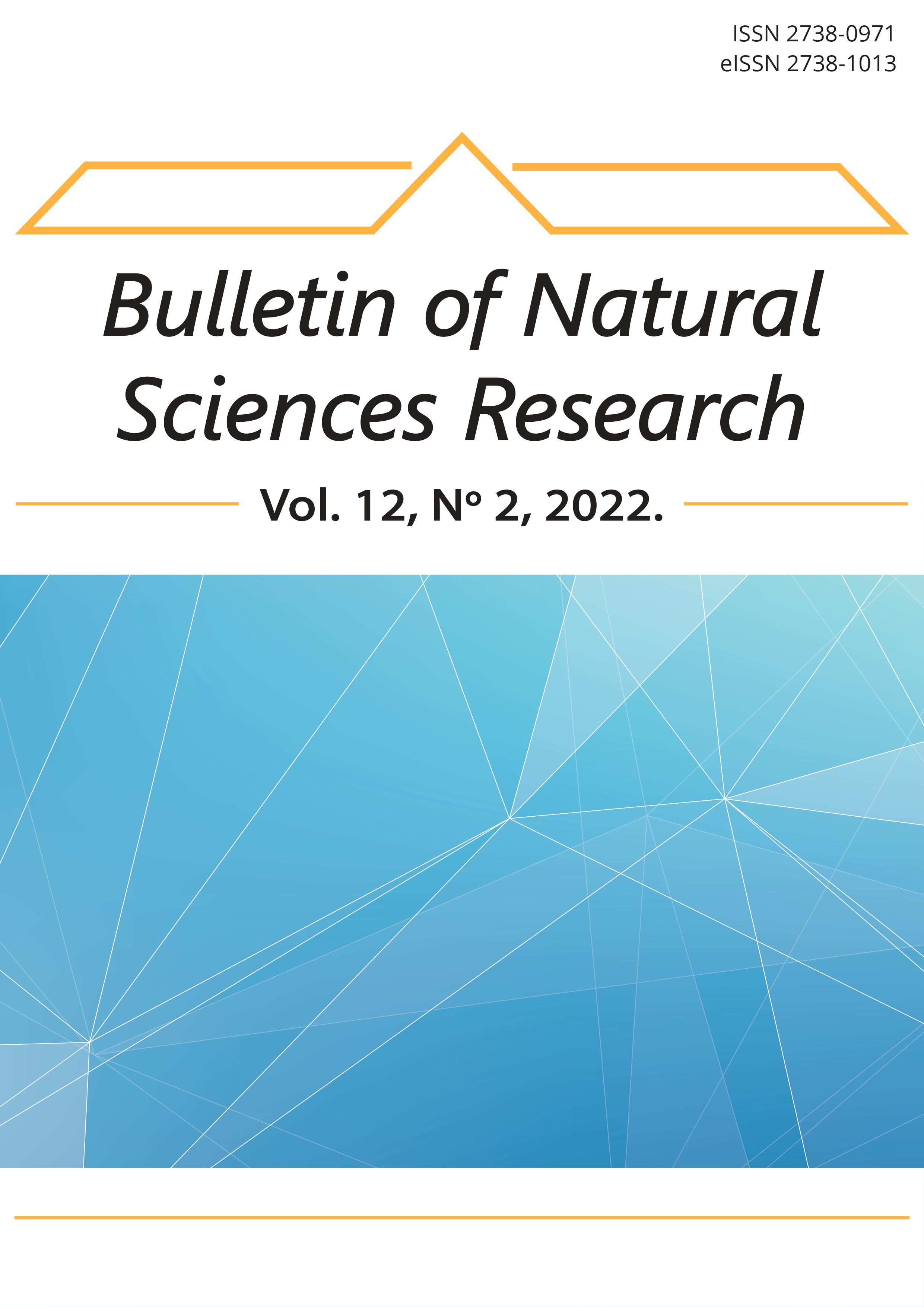CHANGES IN THE NUMBER AND CHARACTERISTICS OF THE NATURAL INCREASE OF THE POPULATION OF GORNJE POLIMLJE IN THE SECOND HALF OF THE 20TH AND THE BEGINNING OF THE 21ST CENTURY
Abstract
The northern part of Montenegro went through a very dynamic demographic development in the post-war period. The changes that have taken place can be characterised as both qualitative and quantitative, and are driven by various factors imposed by the overall social and economic development. In the second half of the 20th century, Gornje Polimlje increased the population of its towns, intensified urban development, established better social infrastructure, and achieved a more favourable openness to the surrounding countries. However, despite this, as part of north-east Montenegro it remained an underdeveloped area, which had a strong impact on the scope, intensity and quality of changes in its overall demographic development. The population of Gornje Polimlje is decreasing and the depopulation process has affected many local communities. Unfavourable demographic trends in this subregion began in the 90s of the previous century, and continued to intensify during the 21st century.
References
Bakić, R. 2005. Gornje Polimlje: priroda, stanovništvo i naselja, Geografski institute Filozofskog fakulteta; Nikšić.
Doderović, M. & Ivanović, Z. 2018. Stanovništvo Crne Gore, MATICA br. 74, pp. 121-140.
Bakić, R. 1994. Demografski razvitak sjeverne Crne Gore, UNIREKS Nikšić.
Zavod za statistiku Crne Gore, MONSTAT. Vitalna statistika 1961-2020.godine, Podgorica.
Authors retain copyright and grant the journal right of first publication with the work simultaneously licensed under a Creative Commons Attribution License that allows others to share the work with an acknowledgement of the work's authorship and initial publication in this journal.

